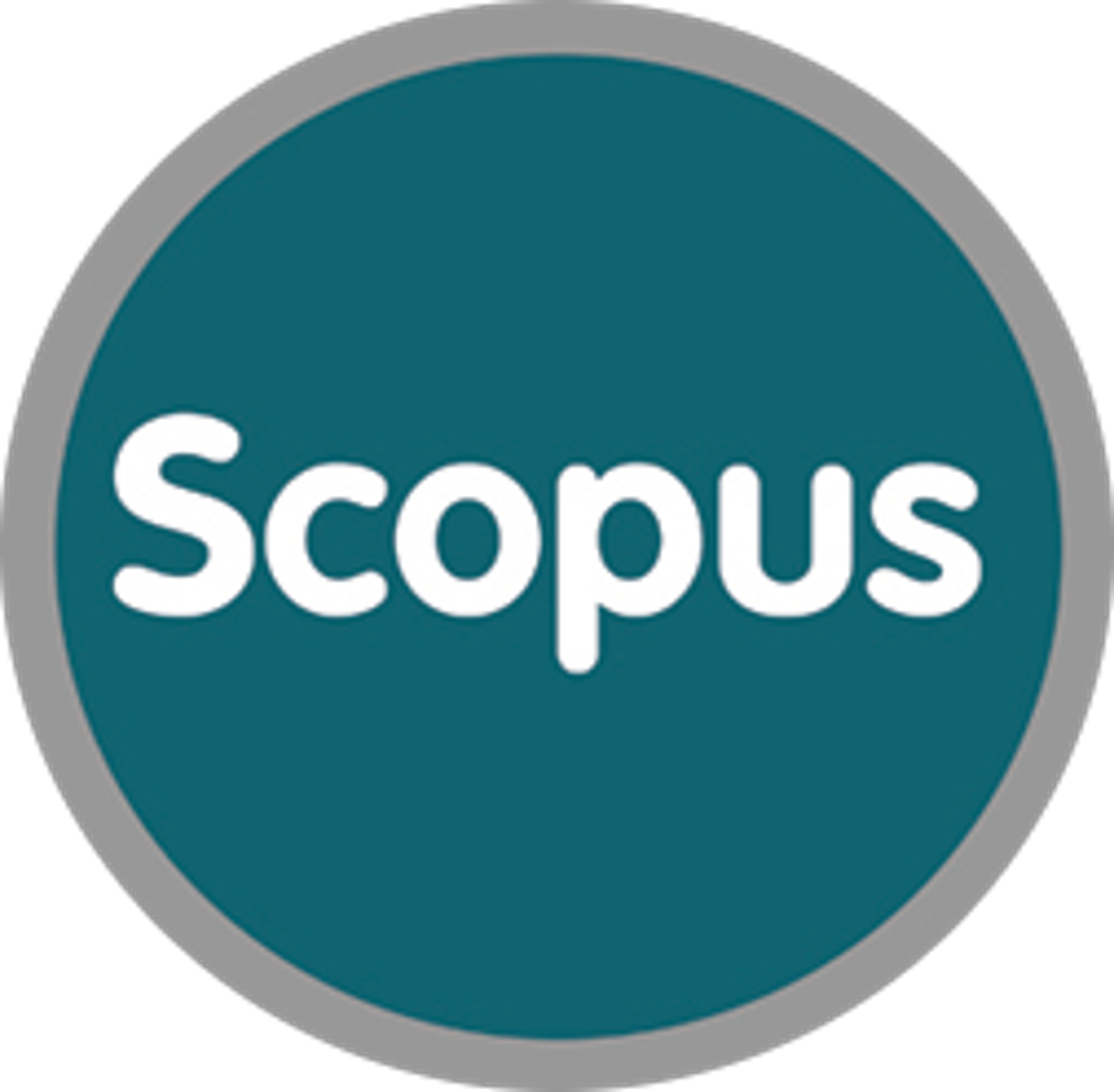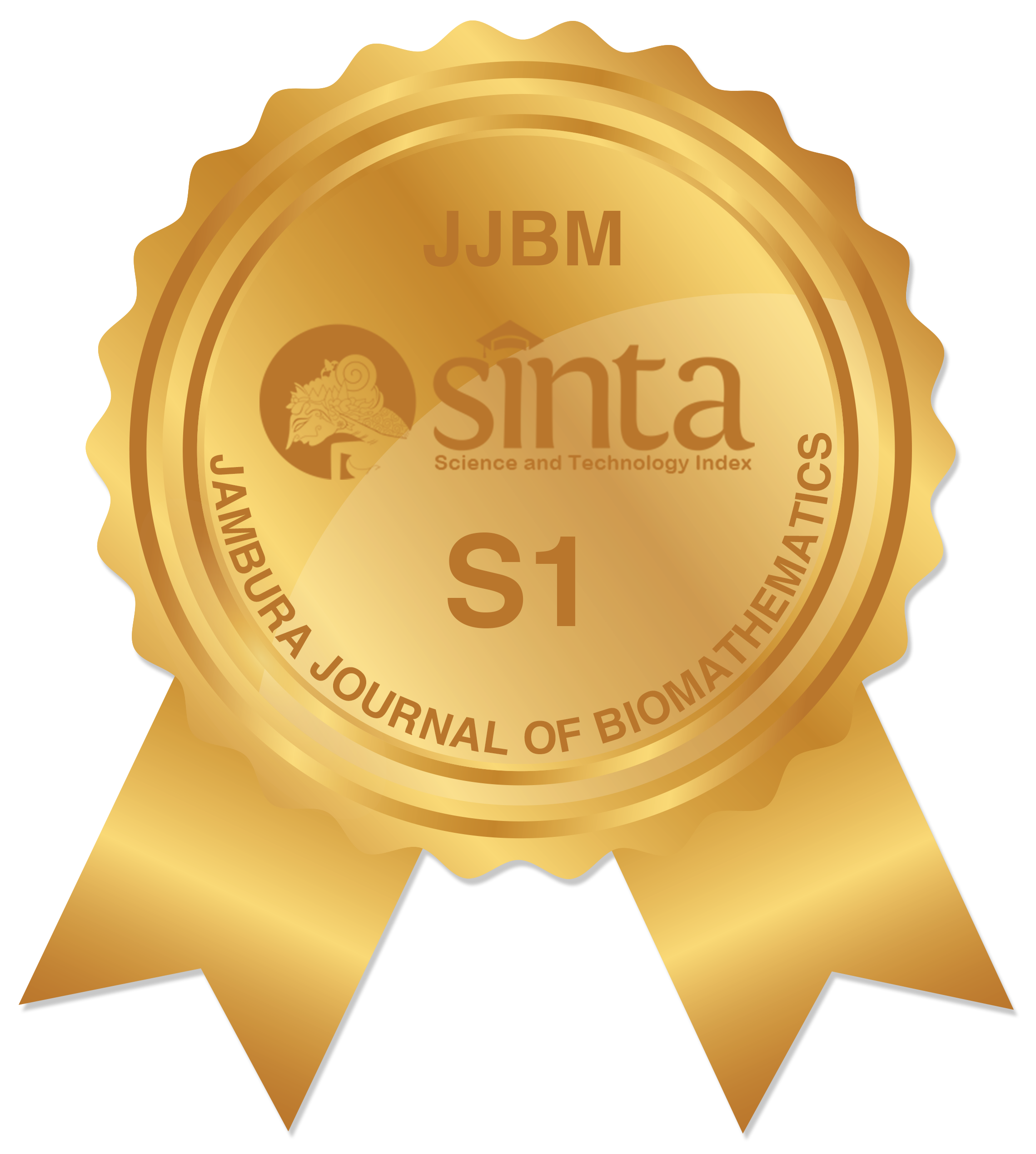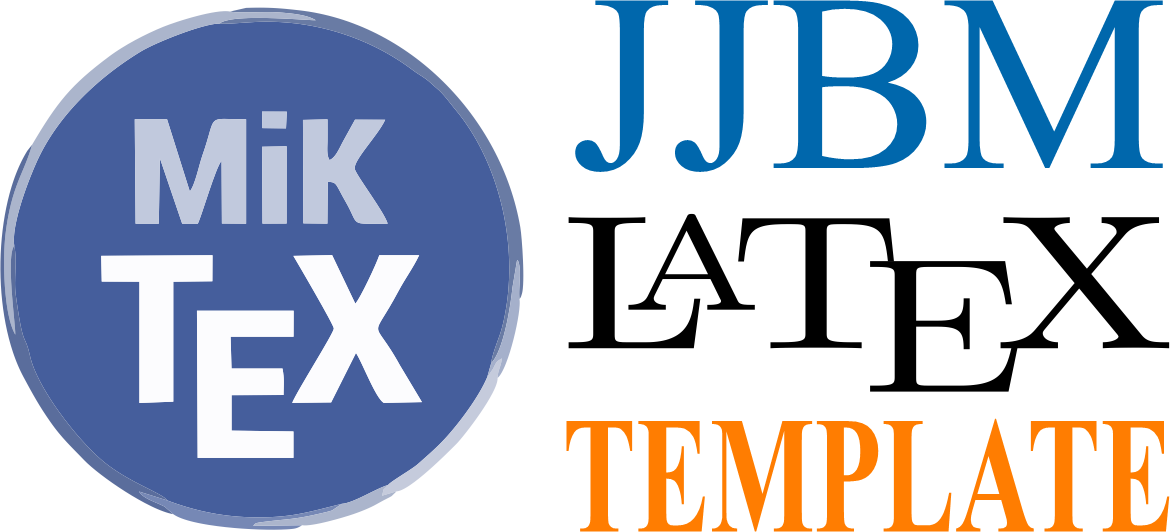Optimizing Algal Bloom Through Bioenzyme and Harvesting Control for Bioenergy Purposes in Eutrophic Water Bodies
Abstract
Keywords
Full Text:
PDFReferences
A. K. Misra et al., "Dynamics of algae blooming: effects of budget allocation and time delay" Nonlinear Dynamics, vol. 100, no. 2, pp. 1779-1807, 2020. DOI:10.1007/s11071-020-05551-4
E. Anagnostou, A. Gianni, and I. Zacharias, "Ecological modeling and eutrophication"”A review" Natural Resource Modeling, vol. 30, no. 3, pp. 1-27, 2017. DOI:10.1111/nrm.12130
J. K. Mwangi et al., "Microalgae Oil: Algae Cultivation and Harvest, Algae Residue Torrefaction and Diesel Engine Emissions Tests" Aerosol and Air Quality Research, vol. 15, no. 1, pp. 81-98, 2015. DOI:10.4209/aaqr.2014.10.0268
M. West et al., "Evaluation of algal bloom mitigation and nutrient removal in floating constructed wetlands with different macrophyte species" Ecological Engineering, vol. 108, pp. 581-588, 2017. DOI:10.1016/j.ecoleng.2017.07.033
M. P. Abishek, J. Patel, and A. P. Rajan, "Algae Oil: A Sustainable Renewable Fuel of Future" Biotechnology Research International, vol. 2014, pp. 1-8, 2014. DOI:10.1155/2014/272814
Mardlijah, A. Fadhillah, and L. Hanafi, "Performance Analysis of Linear Quadratic Regulator Method in Microalga Growth with Control of Light Intensity" Journal of Physics: Conference Series, vol. 1463, no. 1, p. 012004, 2020. DOI:10.1088/1742-6596/1463/1/012004
S. Y. Setyowati and Mardlijah, "Optimal control of microalgae growth using linear quadratic regulator method with firefly algorithm optimization" Journal of Physics: Conference Series, vol. 1538, no. 1, p. 012047, 2020. DOI:10.1088/1742-6596/1538/1/012047
Mardlijah et al., "Optimal control of algae growth by controlling CO2 and nutrition flow using Pontryagin Maximum Principle" Journal of Physics: Conference Series, vol. 890, p. 012042, 2017. DOI:10.1088/1742-6596/890/1/012042
Mardlijah et al., "Optimal Control of Lipid Extraction Model on Microalgae Using Linear Quadratic Regulator (LQR) and Pontryagin Maximum Principle (PMP) Methods" Matematika, vol. 34, no. 3, pp. 129-140, 2018. DOI:10.11113/matematika.v34.n3.1145
B. M. R. Hasan et al., "Modeling the Effects of Algal Bloom on Dissolved Oxygen in Eutrophic Water Bodies" Journal of Mathematics, vol. 2023, pp. 1-20, 2023. DOI:10.1155/2023/2335570
A. B. Janssen et al., "How to model algal blooms in any lake on earth" Current Opinion in Environmental Sustainability, vol. 36, pp. 1-10, 2019. DOI:10.1016/j.cosust.2018.09.001
J. B. Shukla, A. K. Misra, and P. Chandra, "Modeling and analysis of the algal bloom in a lake caused by discharge of nutrients" Applied Mathematics and Computation, vol. 196, no. 2, pp. 782-790, 2008. DOI:10.1016/j.amc.2007.07.010
C. Tang, Y. Li, and K. Acharya, "Modeling the effects of external nutrient reductions on algal blooms in hyper-eutrophic Lake Taihu, China" Ecological Engineering, vol. 94, pp. 164-173, 2016. DOI:10.1016/j.ecoleng.2016.05.068
P. Passy et al., "Eutrophication modelling chain for improved management strategies to prevent algal blooms in the Bay of Seine" Marine Ecology Progress Series, vol. 543, pp. 107-125, 2016. DOI:10.3354/meps11533
K. Al-Maqrashi et al., "Mathematical Analysis and Parameter Estimation of a Two-Patch Zika Model" Letters in Biomathematics, vol. 10, no. 1, pp. 29-41, 2023.
S. O. S. P. Ahaya, E. Rahmi, and Nurwan, "Analisis dinamik model SVEIR pada penyebaran penyakit campak" Jambura Journal of Biomathematics (JJBM), vol. 1, no. 2, pp. 57-64, 2020. DOI:10.34312/jjbm.v1i2.8482
R. S. Sihaloho and H. Nasution, "Dynamic analysis of SEIR model for Covid-19 spread in Medan" Jambura Journal of Biomathematics (JJBM), vol. 3, no. 2, pp. 68-72, 2022. DOI:10.34312/jjbm.v3i2.16878
P. D. Giamberardino and D. Iacoviello, "A linear quadratic regulator for nonlinear SIRC epidemic model" 2019 23rd International Conference on System Theory, Control and Computing (ICSTCC) pp. 733-738, 2019. DOI:10.1109/ICSTCC.2019.8885727
E. A. S. Megananda, C. Alfiniyah, and Miswanto, "Analisis kestabilan dan kontrol optimal model matematika penyebaran penyakit Ebola dengan variabel kontrol berupa karantina" Jambura Journal of Biomathematics (JJBM), vol. 2, no. 1, pp. 29-41, 2021. DOI:10.34312/jjbm.v2i1.10258
O. Prosper et al., "Modeling Seasonal Malaria Transmission: A Methodology Connecting Regional Temperatures to Mosquito and Parasite Developmental Traits" Letters in Biomathematics, vol. 10, no. 1, pp. 3-27, 2023.
M. L. Olaosebikan, M. K. Kolawole, and K. A. Bashiru, "Transmission Dynamics of Tuberculosis Model with Control Strategies" Jambura Journal of Biomathematics (JJBM), vol. 4, no. 2, pp. 110-118, 2023. DOI:10.37905/jjbm.v4i2.21043
U. Boscain, M. Sigalotti, and D. Sugny, "Introduction to the Pontryagin Maximum Principle for Quantum Optimal Control" PRX Quantum, vol. 2, no. 3, p. 030203, 2021. DOI:10.1103/PRXQuantum.2.030203
P. Bettiol and L. Bourdin, "Pontryagin maximum principle for state constrained optimal sampled-data control problems on time scales" ESAIM - Control, Optimisation and Calculus of Variations, vol. 27, no. 51, pp. 1-36, 2021. DOI:10.1051/cocv/2021046
N. Kim, S. Cha, and H. Peng, "Optimal control of hybrid electric vehicles based on Pontryagin's minimum principle" IEEE Transactions on Control Systems Technology, vol. 19, no. 5, pp. 1279-1287, 2011. DOI:10.1109/TCST.2010.2061232
Y. Liu et al., "Design, Control, and Validation of Two-Speed Clutchless Automatic Transmission for Electric Vehicle" IEEE/ASME Transactions on Mechatronics, vol. 27, no. 3, pp. 1299-1310, 2022. DOI:10.1109/TMECH.2021.3086678
L. K. Putri, D. Savitri, and A. Abadi, "Dynamical Behavior in Prey-Predator Model with Mutualistic Protection for Prey" Jambura Journal of Biomathematics (JJBM), vol. 4, no. 2, pp. 103-109, 2023. DOI:10.37905/jjbm.v4i2.21541
DOI: https://doi.org/10.37905/jjbm.v5i2.26938
Copyright (c) 2024 Fadilah Akbar, Mardlijah

This work is licensed under a Creative Commons Attribution-NonCommercial 4.0 International License.
Jambura Journal of Biomathematics (JJBM) has been indexed by:
EDITORIAL OFFICE OF JAMBURA JOURNAL OF BIOMATHEMATICS |
 | Department of Mathematics, Faculty of Mathematics and Natural Science, Universitas Negeri Gorontalo Jl. Prof. Dr. Ing. B. J. Habibie, Moutong, Tilongkabila, Kabupaten Bone Bolango 96554, Gorontalo, Indonesia |
 | Email: [email protected] |
 | +6281356190818 (WA Only) |
 | Jambura Journal of Biomathematics (JJBM) by Department of Mathematics Universitas Negeri Gorontalo is licensed under a Creative Commons Attribution-NonCommercial 4.0 International License. Powered by Public Knowledge Project OJS. |
















